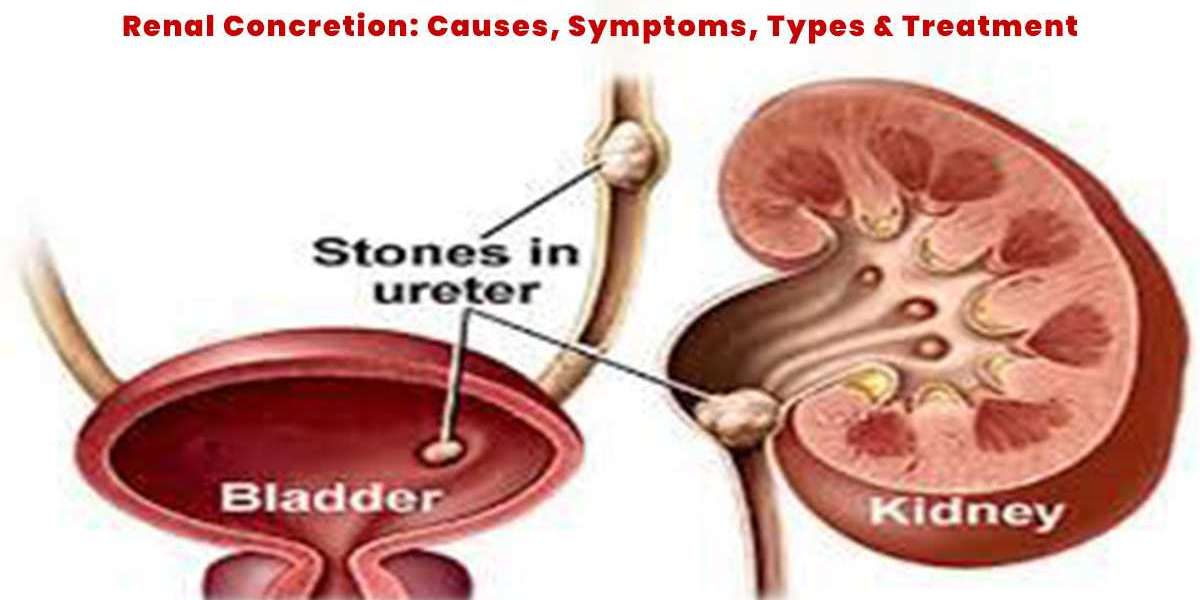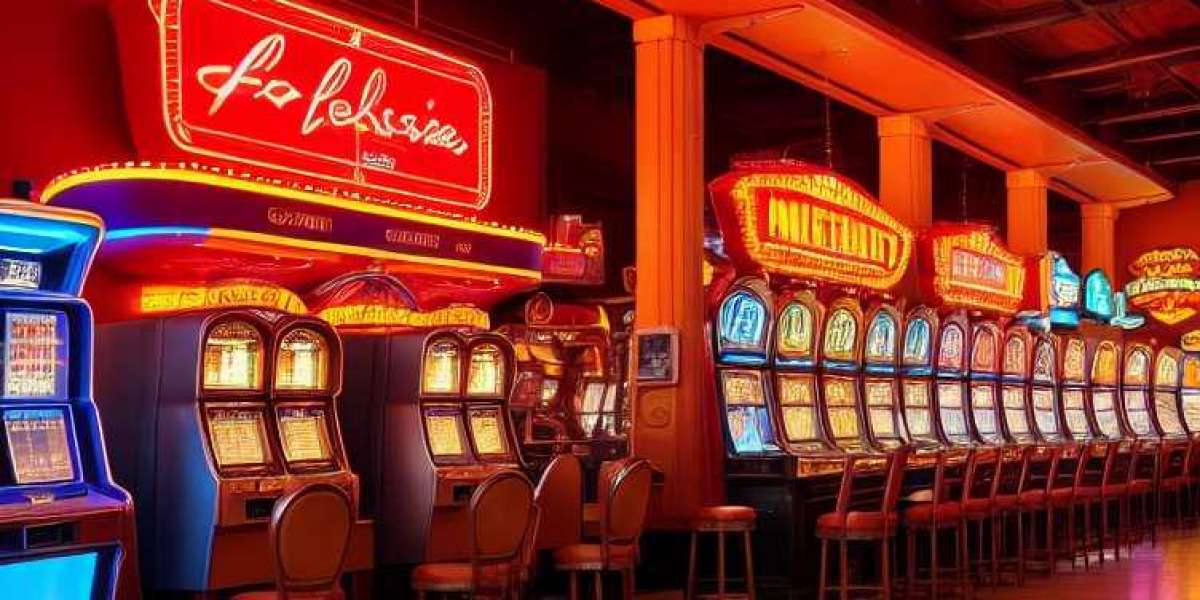What are Renal Concretions?
A solid mass composed of salts and minerals that builds up in the kidneys is called a renal concretion. If left untreated, these deposits—also referred to as kidney stones—can obstruct the regular flow of urine, causing discomfort and problems. The kidneys are referred to as renal, whereas concretion is the process by which liquid turns into solid.
Types of Renal Concretions
Renal concretions come in a variety of forms, each with its size, shape, and makeup. Among the most prevalent kinds are:
1. Bilateral Renal Concretions
Kidney stones in both kidneys are referred to as bilateral renal concretions. Because it impacts both kidneys, this condition can be more severe, resulting in pain, infections, and, if untreated, kidney damage.
2. Left Renal Concretion
When a stone forms in the left kidney, it is called a left renal concretion. This kind of stone may result in severe pain or difficulty urinating, as well as discomfort on the left side of the body.
3. Right Renal Concretion
Likewise, kidney stones that form in the right kidney are referred to as a right renal concretion. This condition can cause excruciating pain, infection, and trouble urinating, just like left-sided stones.
Symptoms of Renal Concretions
The size and location of the stone affect the symptoms of renal concretions. Typical indicators include::
- Severe pain:The most obvious sign of kidney stones is severe pain, which is frequently described as sharp and intense. It may happen in the abdomen or lower back.
- Frequent urination: An urge to urinate more frequently, especially if the stone is located near the bladder.
- Nausea and vomiting: These symptoms often accompany the pain caused by passing kidney stones.
- Blood in urine: As the stone passes through the urinary tract, hematuria, or blood in the urine, may occur.
- Cloudy or foul-smelling urine: Renal concretions can be accompanied by an infection, which can alter the urine's appearance and smell.
Stages of Passing a Kidney Stone
Kidney stones can be difficult and time-consuming to pass. The stages that a kidney stone goes through as it passes through the urinary tract are as follows:
1. Initial Formation
Over time, excess minerals and salts in the urine crystallise into solid masses, forming kidney stones.
2. Growth of the Stone
The stone may eventually enlarge after it has formed, raising the possibility of discomfort and obstructions.
3. Movement Through the Urinary Tract
Particularly if the stone is larger, it may cause excruciating pain as it travels from the kidney to the bladder.
4. Passing the Stone
Last but not least, the stone travels through the urethra during urination, which can be very painful, especially for women.
5. Post-Passage Relief
Most people feel less pain after the stone has passed, but it's crucial to get medical attention to stop new stones from forming.
Causes of Renal Concretions
When the concentration of minerals in the urine is high, kidney stones can develop. A number of factors causes renal concretions:
Dehydration: Drinking too little water raises the concentration of minerals in the urine, which increases the risk of stone formation.
Dietary Factors: Kidney stones may develop as a result of a diet heavy in protein, sodium, and foods high in oxalate.
Obesity: Kidney stones may develop as a result of a diet heavy in protein, sodium, and foods high in oxalate
Family History:You are more likely to get kidney stones if they run in your family.
Medical Conditions: Gout and hypercalciuria, or an excess of calcium in the urine, are two conditions that can make renal concretions more likely
Renal Concretion Treatment
The size, kind, and severity of the stones determine how renal concretions should be treated. Among the available treatments are:
1. Conservative Management
In order to control the symptoms of small stones, doctors suggest taking painkillers and drinking more water. Over time, the stone might naturally pass.
2. Medications
The risk of stone formation can be decreased by taking certain medications that aid in the breakdown of stones or lower the levels of calcium and other chemicals in the urine.
3. Shock Wave Lithotripsy
Large stones are broken up into smaller pieces using shock waves as part of this treatment, which makes them easier to pass..
4. Ureteroscopy
To remove or break up the stone, a ureteroscope may occasionally be placed into the urinary tract.
5. Surgical Intervention
Surgery might be necessary to remove the stone if it is too big to pass through naturally..
Conclusion
Kidney stones, also known as renal concretions, are a common but painful condition that many people have. Managing this health condition requires an understanding of its causes, symptoms, and available treatments. You can lower your risk of kidney stones and successfully treat them when they do occur by drinking plenty of water, eating a balanced diet, and getting the right medical attention. For individualised guidance on prevention and treatment, always seek the advice of a healthcare professional.
FAQs About Renal Concretions
What are the first signs of kidney stones?
The first signs of kidney stones include sharp pain, frequent urination, nausea, and blood in the urine.
How do you know if you have kidney stones?
If you experience severe pain in the back or abdomen, blood in the urine, or difficulty urinating, you may have kidney stones.
What causes kidney stones?
Kidney stones form due to dehydration, a poor diet, obesity, or certain medical conditions that affect urine composition.
What is the treatment for kidney stones?
Treatment options include conservative management, medications, shock wave lithotripsy, ureteroscopy, and in some cases, surgery.








